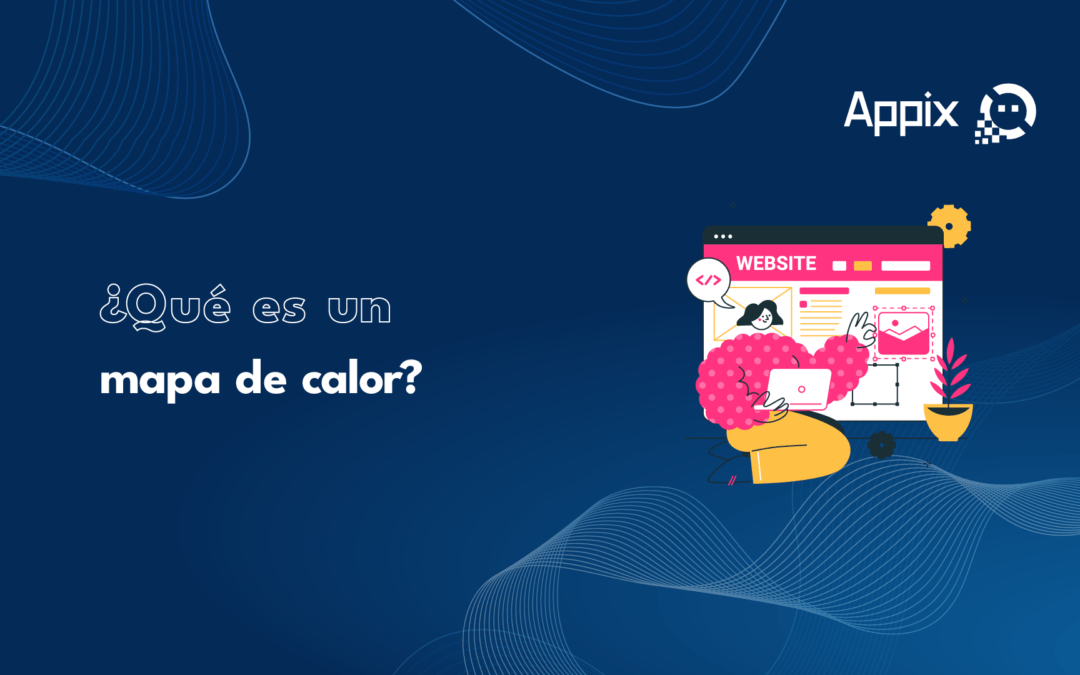A heatmap is a visual tool used to represent data in an easily interpretable way. It is commonly used in data analysis and user experience to show how visitors interact with a website. Heatmaps display data in different colors, with each color representing the intensity of actions taken on a web page.

How Does a Heatmap Work?
Heatmaps work by assigning different colors to various levels of activity on a web page. For example, in a typical heatmap, areas with higher interaction, such as clicks or scrolls, are shown in warm colors like red or yellow, while areas with less activity are displayed in cool colors like blue or green.
There are several types of heatmaps, each designed to capture different aspects of user behavior:
- Click Maps: They show where users click on a page. This helps identify which elements draw the most attention and which are overlooked.
- Scroll Maps: They indicate how far users scroll down a page. This is useful for determining whether the content at the bottom of the page is visible to most visitors.
- Mouse Movement Maps: They record the movement of users' mouse cursors. While not as precise as clicks, it can provide insights into which areas of the page attract user attention.
Why is a Heatmap Important?
Heatmaps are crucial for any user experience optimization strategy because they provide a clear and direct visualization of how visitors interact with a website. This allows designers and developers to quickly identify areas that are performing well and those that need improvement.
For example, if a heatmap shows that most users are not clicking on an important button or are not reaching critical content at the bottom of the page, it may indicate that the page structure needs to be redesigned or that the placement of certain elements should be changed.
Applications of Heatmaps
Heatmaps have multiple applications, ranging from improving user experience to increasing conversions on a website. Some of the most common applications include:
- Website Design Optimization: By identifying which elements on a page attract more or less attention, heatmaps allow for adjustments in the design to improve usability.
- Increasing Conversions: Heatmaps can help identify obstacles in the conversion process, allowing for strategic changes to improve the conversion rate.
- Content Analysis: By showing which parts of the content receive the most attention, heatmaps can guide the creation of more engaging and relevant content for users.
Conclusion
A heatmap is a powerful tool that provides a detailed view of how users interact with a website. By offering a visual representation of complex data, heatmaps help identify areas for improvement, optimize design, and increase conversions. Understanding how and why users interact with your content is key to creating more effective and satisfying online experiences. At Appix, we believe in the importance of using tools like heatmaps to maximize website performance and effectiveness.

